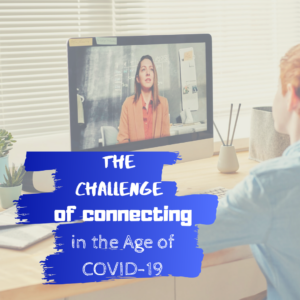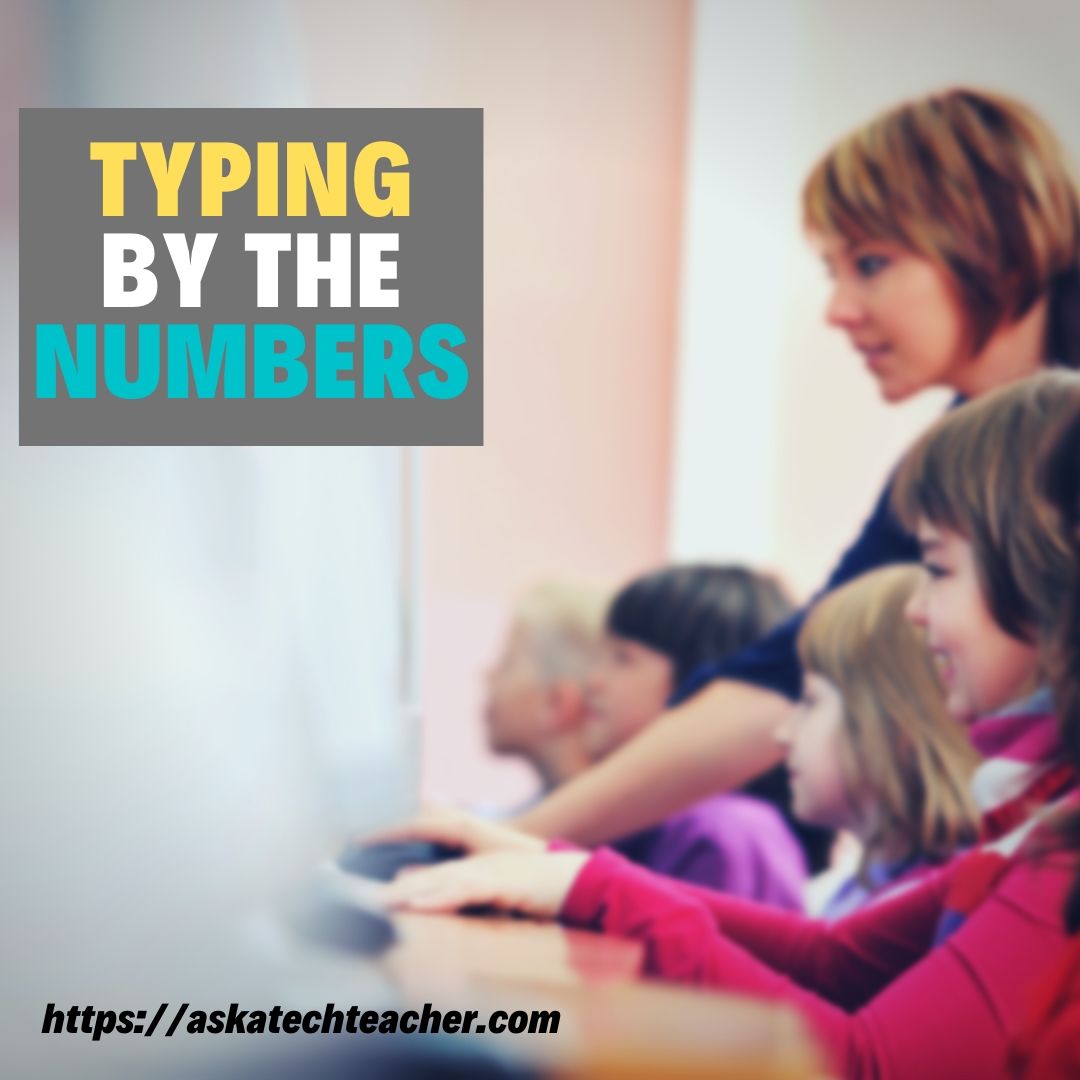I met Kiana Berkman in this traumatic time of moving teaching home through an invigorating discussion on education and how it’s changing. Kiana and her tutoring agency (Berktree Learning Center) were already ahead of the curve on that. I asked her to share insights on how COVID-19 is affecting her students and their passion for learning. I think you’ll like what she and her husband, Daniel (partner in the tutoring business) have to say:
***
 There is a popular saying that applies to learning: “you can lead a horse to water, but can’t make him drink.” Any educator knows that you can’t force a student to learn, though that does not stop them from trying anything possible. A teacher could create the most gorgeous lesson plans, and employ all the best known tactics, and there may still be students that don’t want to learn. Yet students are not horses, nor are teachers horse-trainers. They’re both human beings with a latent desire to find and share knowledge. Some students have not accessed this desire yet, and their teachers are trying earnestly to connect with these students on an intellectual level, to release that latent desire. For a teacher, there is no experience more gratifying than helping a student search deep for understanding and watch as they finally discover it!
There is a popular saying that applies to learning: “you can lead a horse to water, but can’t make him drink.” Any educator knows that you can’t force a student to learn, though that does not stop them from trying anything possible. A teacher could create the most gorgeous lesson plans, and employ all the best known tactics, and there may still be students that don’t want to learn. Yet students are not horses, nor are teachers horse-trainers. They’re both human beings with a latent desire to find and share knowledge. Some students have not accessed this desire yet, and their teachers are trying earnestly to connect with these students on an intellectual level, to release that latent desire. For a teacher, there is no experience more gratifying than helping a student search deep for understanding and watch as they finally discover it!
The Distance Before Distance-Learning
Connecting intellectually with students has always been the challenge addressed to teachers, even before social-distancing. Students face innumerable difficulties in their life that conflicts with regular attendance and consistent attention in the classroom. Many of these conflicts come from a barrage of social challenges, ranging from complex family tensions, lack of accessibility to adequate resources due to financial constraint, or just plain old emotional growing pains. Going to school each day is the most consistent life experience for many students, and teachers try their hardest to make the classroom experience as reliably consistent as possible.
Teachers who have the opportunity to work individually with students get a rare opportunity. Classroom sizes have limited the teacher’s reach to individual students, and standardization has normalized an almost industrial perspective of student pass-rates, as if failing students are merely the result of quality control. The more that students and teachers become statistics, the less that their human qualities are recognized and accessed. Needless to say, society has been widening the distance between students and teachers long before the Corona virus made it mandatory.
The Current COVID Reality
The age of COVID is an age of uncertainty, and the reopening of classrooms is the biggest uncertainty facing education. Every state faces a different reality, yet uncertainty about the future hangs over teacher’s lesson plans like a thunder cloud ready to strike. Schools could open one day, and yet close the next, and districts are struggling to find suitable interim solutions. Some districts have adopted temporary alternative grading systems, which may include draconian measures forcing students to start over a semester. Others have allowed more tolerant “do no wrong” measures, which lets students improve their grade without risk of lowering it. The problem is, these measures are not able to cut to the true challenges facing distance learning.
Teachers tell stories of students arriving late to classes, barely awake. Others scramble with household distractions from family members or others household responsibilities. There’s also an alarming number of students who attend, then merely shut off their camera, or walk away from the camera at ease. These are grim classroom conditions, but in some districts, about one-third of all students never even attend to begin with! This scenario would be much more alarming were it not for the very understandable circumstances. In the hardest-hit cities, some students know someone who has contracted Coronavirus. Students may also have a parent who is an essential worker, and who can’t help their children connect through the internet. And of course, there are still many students who don’t even have the technological accessibility to even connect in the first place.
Solutions! (Some Assembly Required)
The truth is, these situations are just a microcosm of challenges that already faced our education system. How are students able to take on hours of homework when they’re burdened with sibling-care and household responsibilities? How are students supposed to get emotional support when they have overworked parents, or worse yet, sick parents? How are students able to excel in increasingly technical work when they have limited access to technology? These societal issues are being amplified by distance learning. The most requested solution by teachers, has been and continues to be the same – reduce class size!
With smaller class sizes, teachers would have the opportunity to reach students more often, even under the stress of distance learning. Anyone who has been in a Zoom meeting during this lockdown knows that communicating effectively with a dozen or more people is nearly impossible, and it’s no different in a classroom. Teachers can prepare some of the best presentations of their life, but there’s simply no way to connect with students, on a human level, when the opportunity for interaction is so small.
There are truly some innovative experiences occurring out there, with teachers finding creative ways to use breakout sessions, or occasional small-group meetings, to satisfy some basic level of student-teacher interaction. While these opportunities are still limited in the few hours available in an already shortened classroom time, they are invaluable in our uncertain future. On a basic level, as many educators put it, “some education is better than no education.” Furthermore, establishing and managing classroom norms takes time, even under the best circumstances, and every digital classroom is a new experience that helps define expectations for students and teachers alike.
Despite these few successes, the truth is, if we want to see the establishment of anything close to a normal classroom, we’re going to need smaller class sizes. Teachers need the time and space to actually connect with individual students. They want to excite a student’s curiosity, and urge them towards new discoveries, so that the excitement for learning can continue even with this limited contact. They need the space and the time to simply just talk to their students, and learn how best to reach out to their student’s based on each of their own experiences. In the interim, teachers are correct. Any education is better than no education. It just saddens a teacher’s heart to know that they can’t do more.
About the Writer:
Daniel Berkman is a credentialed educator and professional tutor who co-owns and operates a private tutoring company in South Orange County – Berktree Learning. He is a graduate from the University of California, Irvine with over 15 years of classroom and tutoring experience. Berktree Learning offers online one-on-one tutoring and home-schooling, and has extensive experience with distance-learning. Read more at www.berktreelearning.com
#coronavirus
@berktree
More on teaching remotely:
Remote Learning: Tips for Thriving in This Ecosystem
Snow Day? 7 Ways to Keep Teaching
An Open Letter to Teachers About Online Classes
Jacqui Murray has been teaching K-18 technology for 30 years. She is the editor/author of over a hundred tech ed resources including a K-12 technology curriculum, K-8 keyboard curriculum, K-8 Digital Citizenship curriculum. She is an adjunct professor in tech ed, Master Teacher, webmaster for four blogs, an Amazon Vine Voice, CSTA presentation reviewer, freelance journalist on tech ed topics, contributor to NEA Today, and author of the tech thrillers, To Hunt a Sub and Twenty-four Days. You can find her resources at Structured Learning.



































